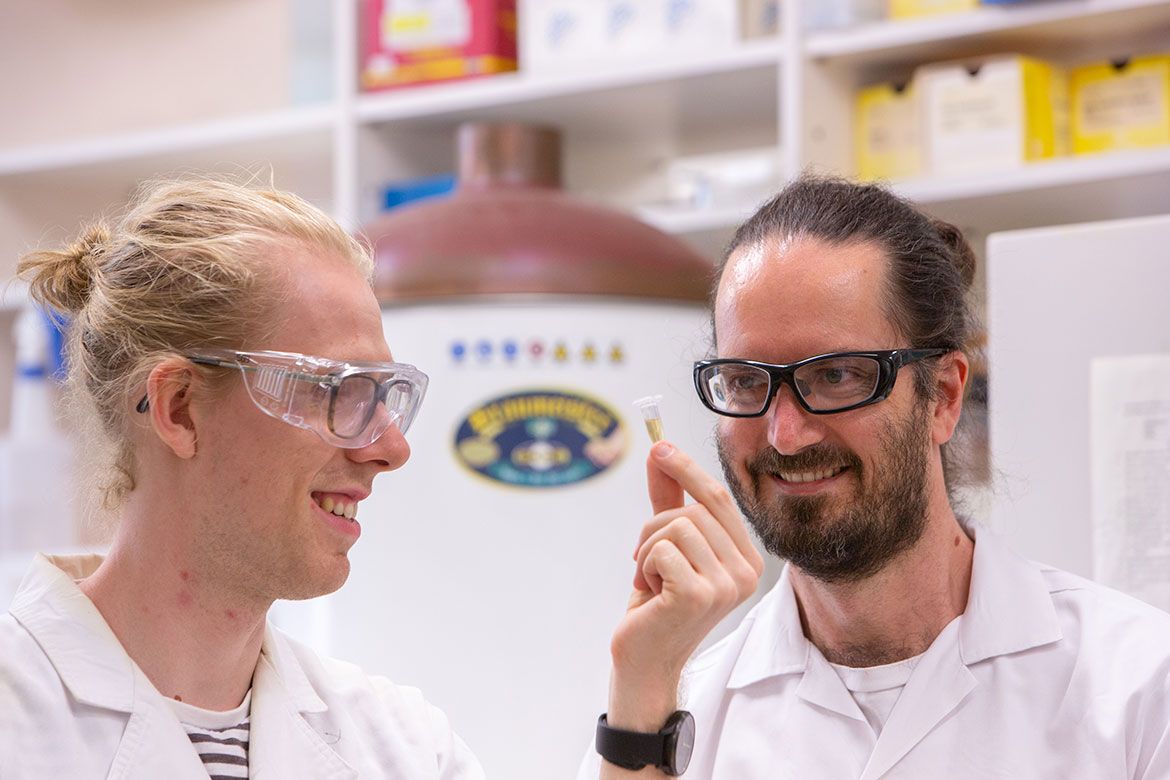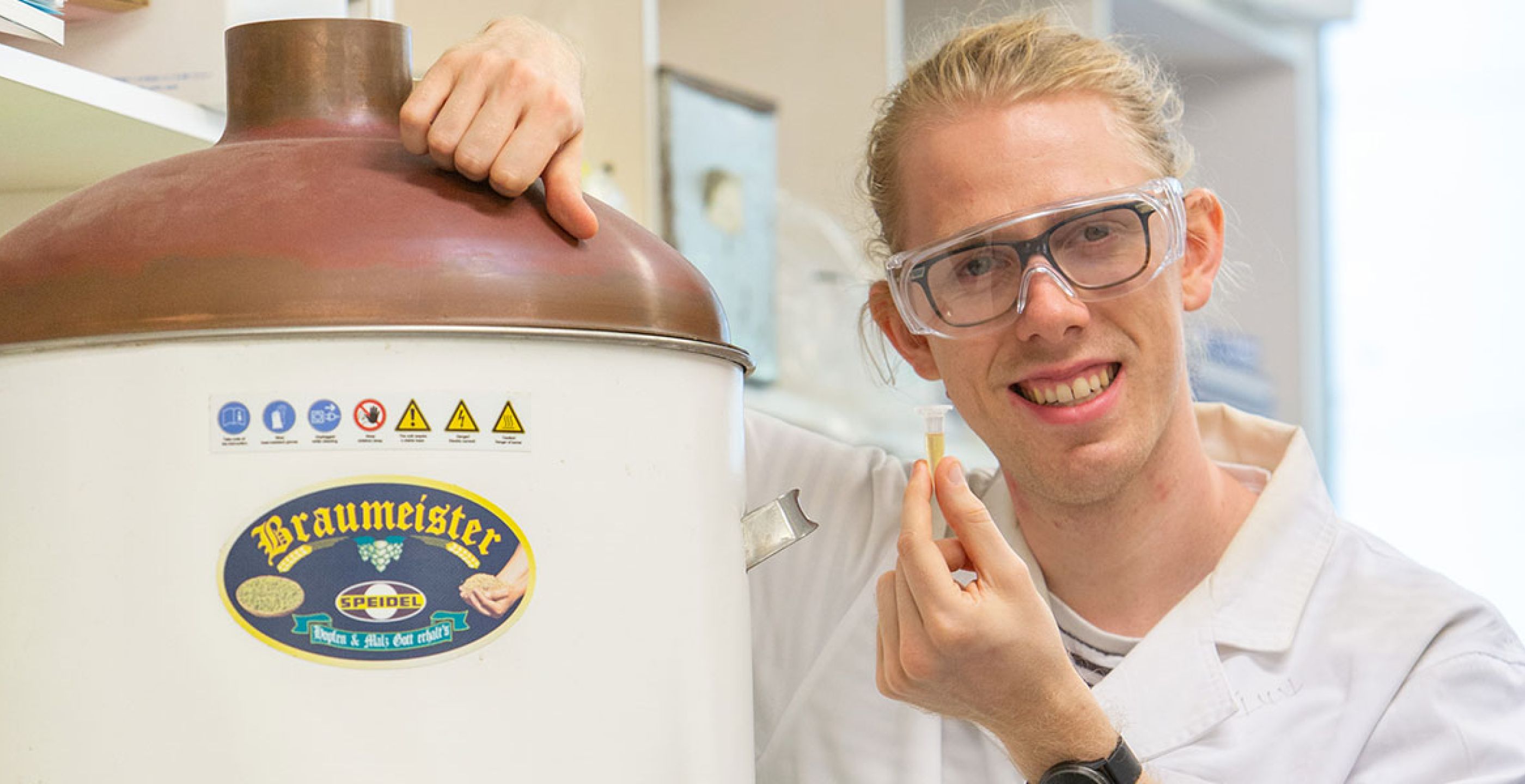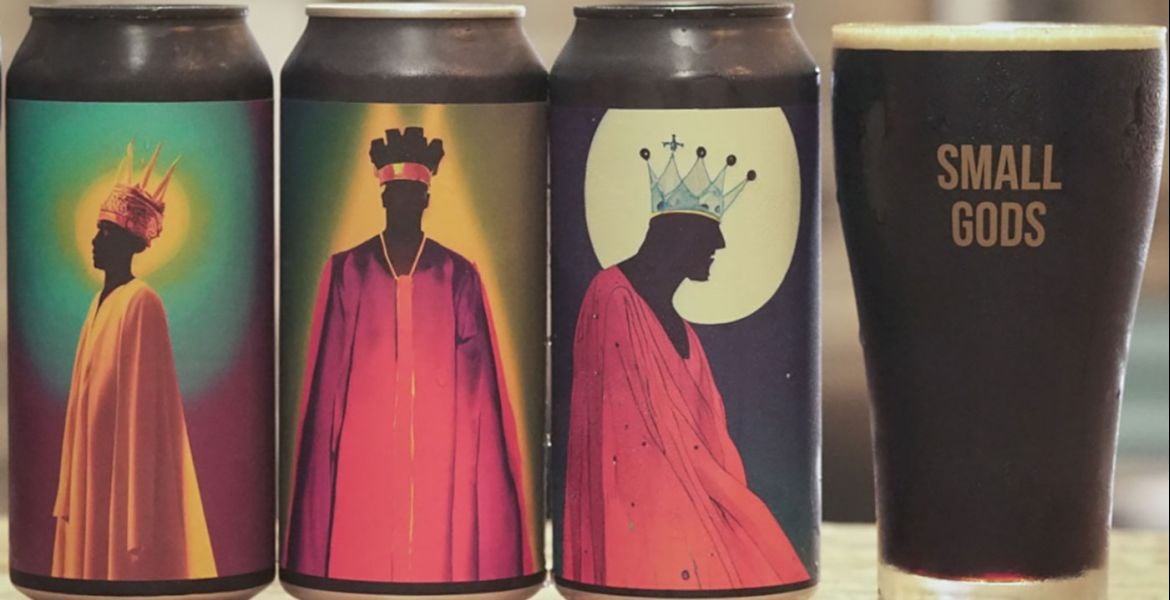The term "microbrewing" might feature less often in today's craft beer lexicon but it’s really the only way to describe Queensland-based beer researcher Edward Kerr’s recent discovery. Edward is a PhD student at the University of Queensland (UQ) whose study has focused on wild yeast. But it was while conducting a separate research project he found he could shrink his study from homebrew scale to brewing within a tiny test tube.
Edward’s experiment falls under a field of science focused on proteins known as proteomics, and his analysis of protein changes in barley during mashing led to some further questions from those reviewing his work.
“They went, ‘You’ve got changes occurring in the mash but do we know if they’re temperature-induced or time-induced – what’s the cause of these changes?’,” he says.
To answer that question while avoiding running multiple different 23-litre brews on separate Braumeisters simultaneously – and having to wait three months for the results – Edward and his supervisor, Associate Professor Benjamin Schulz, instead looked to shrink everything in size.
“We did the math and it would have required us to do five or six mashes – or even more – and we just felt that there was no reason we couldn’t do it at a small scale," Edward says. "It is a simple water infusion with malt.”
So, rather than using his lab's Braumeisters to mash in, he replicated the mashing process in a 1.5 millilitre tube with just a single barley seed.
“I was being lazy but with really good reasons,” Edward says. “What we found was not only can we do it but that it’s really quite robust and matches really well proteomically in terms of sugars and amino acids as to what you’d do at the Braumeister scale.”

While they weren't able to enjoy the same refreshing reward at the end of each trail compared to conducting a larger brew, Edward says there are clear advantages to the small-scale test beyond just saving space and time.
“You also have statistical power because you can do a hundred at a time and take things off at different times,” he says.
Though brewers might not have the same access to laboratory equipment as UQ, or have as much proteomic knowledge as Edward, he says the method can benefit brewers through improving our understanding of new barley breeds or malting techniques.
“If you don’t have much in terms of yield,” Edward explains, “or if you have only a few greenhouse crops of crosses, then you can test it more quickly or robustly than having to do full-sized malting and then full-sized mashing.
“Then that will trickle downstream to brewers who are hopefully getting better quality malts.”
On a larger – but not much larger – scale, UQ has also been working towards installing a brewery on campus. The 100-litre brewhouse was delayed due to COVID but it’s set to be ready to run from midway through the year and is designed for students to learn on.
“A lot of them will be first and second year [undergrad students] and Masters classes down the track,” Edward says.
“There will be courses involving in chemical engineers, agricultural and food science and microbiology, all involved around the brewing process.”
Formal pathways to becoming a brewer aren't new to Australia, with university courses having been around for decades, but recent years have seen the number of brewing-specific courses grow, including those run at TAFE sites around the country, and subjects at sandstone universities like UQ and the University of Melbourne.
As for his own work, Edward’s in the final stages of submitting the PhD he started in 2017, which is supported by Brisbane's Newstead Brewing. His research on wild yeast strains has seen him collate hundreds of different varieties from across the Queensland capital; they're now approaching the final stages of upscaling some of his yeasts for use in Newstead's beers.
“We have two strains of yeast that are currently being tried," he says, "and one of those is looking a lot more promising than the other. So I’m hoping we’ll have something within a few weeks with that one.”
Edward's research has been published in Scientific Reports and is available here.

















